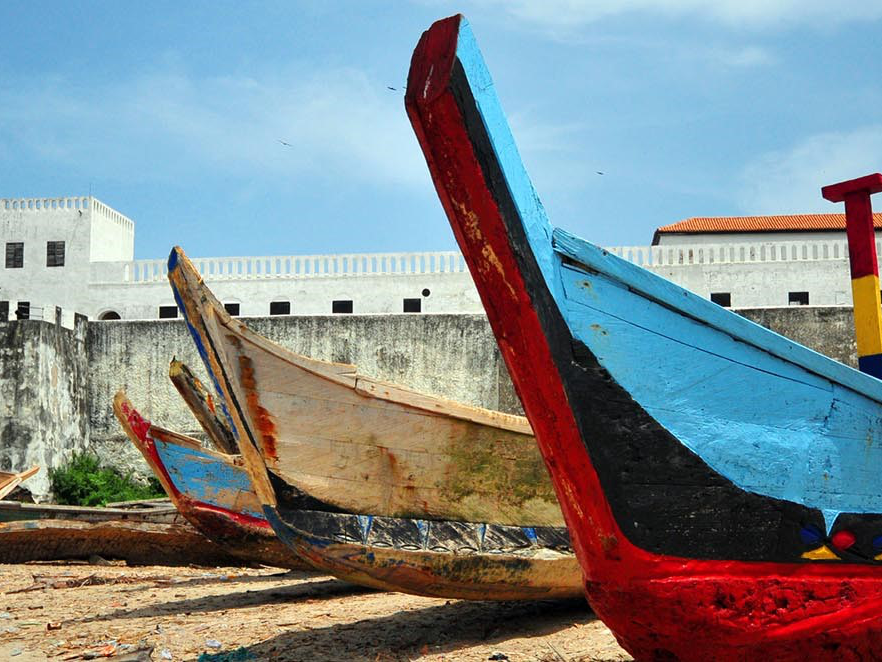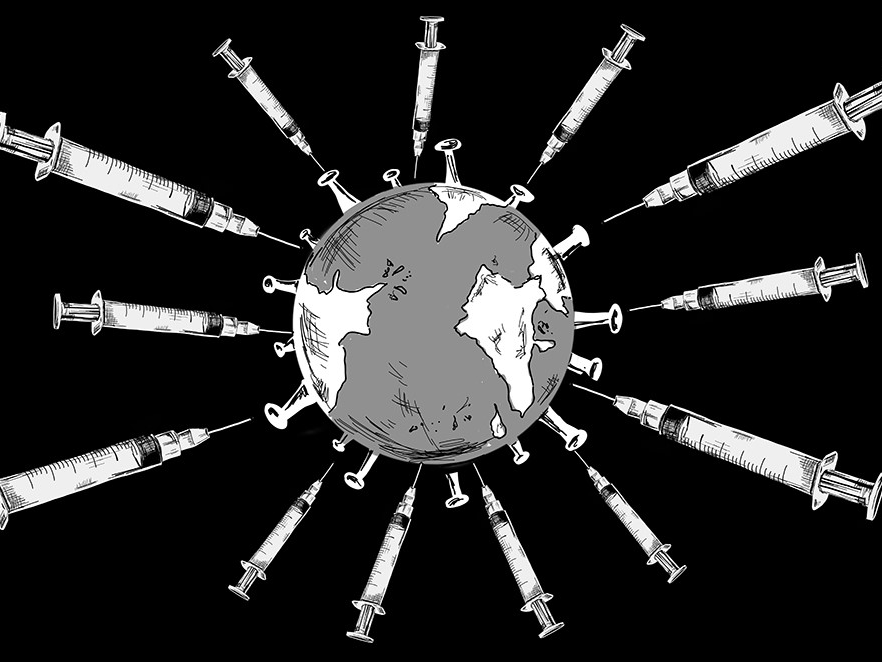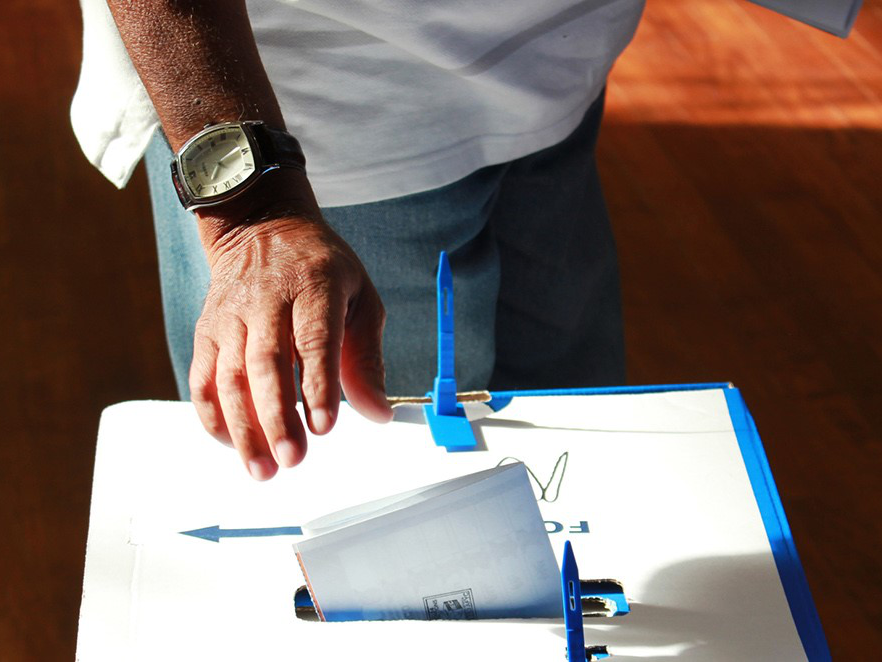Whether directly or indirectly, there can be little doubt that the International Monetary Fund has played a crucial role in the macroeconomics of Sub-Saharan Africa. It has provided direct bilateral support to countries in order to manage their macroeconomic imbalances, and it has indirect but material influence on lending by other donor agencies. However, this support does not come without strings attached and with growth in SSA set to slow to 1.4%, its lowest level in more than 20 years, now seems an appropriate time to ask whether engagement with the IMF is always in a country’s best medium term interest. Specifically, was the average annual real growth in SSA of 4.0% simply reflective of the global macroeconomic cycle over the last decade, or can it be said to have resulted from the IMF’s intervention during and prior to that period?
A long history of financing and cooperation
Back in the 1980s, as a condition of emergency lending, the IMF required recipient countries to implement a series of standardized free market reforms known collectively as the Washington Consensus. The structural adjustment programmes, or SAPs, imposed deep cuts on public spending and required implementation of privatisation initiatives as well as trade and financial liberalization.
Many blamed these policies for destroying already limited state provision of schools and hospitals, police and security, and in turn this led to a policy reset at the IMF allowing for tailor-made solutions, including fiscal and monetary accommodation as an immediate response to financial crises.
In the early 2000s, the Heavily Indebted Poor Countries and the multilateral Debt Relief Initiatives led to the write-off of US$100bn of debt in 30 African countries in exchange for economic reforms. The median ratio of general government debt to GDP of most major SSA countries fell as a result from 80% to 30%.
Today, the fund is increasingly active in SSA, with 17 current loan programmes to countries in the region and more being discussed. Some of the key programmes include:
- Côte d’Ivoire: $725m facility expired in Dec 2015; IMF mission to return to Abidjan soon for discussions about new 3-year funded arrangement.
- Kenya: $1.5bn in funding was approved in March 2016, Kenya is under a 24 month standby arrangement and standby credit facility.
- Mozambique: Reviews and disbursements under Standby Credit Facility. $285m suspended following discovery of undisclosed debt.
- Ghana: $918m facility in place until April 2018. Third review and disbursement approved in Oct 2016.
- Zambia: Country have started formal discussions with the IMF. Programme unlikely to emerge before end of the year.
So with IMF intervention across the region at such a high level, it is worth looking at current case studies to see whether the reform requirements are helping to restore macro stability in economies that implement them correctly.
Ghana
Signs of bottoming out after recovering remarkably in recent months.
There is no doubt that the introduction of an IMF programme and the associated inflow of funds raises investor confidence, which slows down capital flight, reduces the risk of further downgrade of sovereign ratings, and helps improve the prospects of exchange rate stabilization. However, borrower countries often struggle to adhere to strict budget deficit limits set by the IMF, and the fiscal reforms – including public sector wage freezes and elimination of fuel subsidies – sometimes give rise to economic and social crises which can culminate in serious social disturbances, leading to political instability.
One of the most recent illustrations of the IMF’s immediate positive impact has been in Ghana. Ghanaian governments tend to have a bad habit of implementing significant increases in public spending in the run-up to elections. Following the 2012 election, public debt had risen to more than 70% of GDP leaving Ghana’s economy on shaky ground particularly when commodity prices then fell, (Ghana is an exporter of cocoa, gold and oil). When coupled with electricity shortages, this caused economic growth to halve from 8% in 2012 to 4% in 2014. Ghana had no choice but to abandon its home grown reform programme and go to the IMF for help.
The country currently has access to an Extended Credit Facility (US$918 million) that is in place until April 2018. The third review was approved early in Oct 2016 with disbursement of an additional $116 million, which brought the IMF’s total disbursement to Ghana under the Facility to $465 million. Early September, Ghana issued a €750 million 5-year Eurobond five times oversubscribed at 9.25%. The reflected 150bps improvement from the $1.5 billion bond issued a year ago is a clear demonstration of the positive investor sentiment about Ghana following IMF engagement.
Despite Ghana’s relative popularity among investors and the IMF’s backing, the country still has some issues: the government’s debt service cost to revenue ratio, at 27.7%, is one of the highest in SSA. Local unrest was seen in 2015 in response to some of the required reforms, but the general perception is that life is getting better. Inflation is declining (21.2% yoy in September), GDP growth should reach 5.5% this year and the deficit for 2016 is expected to reduce to 5.3% of GDP versus 7.2% last year.
So Ghana sees benefits from relative FX stability and decelerating inflation, but at the price of monetary tightening and fiscal consolidation that impacts GDP growth negatively in the short term. With an eye on next month’s presidential and parliamentary elections, investors are hoping Ghana will resist election pressures to spend out of budget, something Mozambique failed to do and to disclose.
Mozambique
A year of embarrassment when the financial tide went out
“You only find out who is swimming naked when the tide goes out”, Warren Buffett famously observed. Mozambique is a small economy with nominal GDP of only US$15 billion. 2016 has been a difficult year for the country, with growth negatively affected by the deterioration in global commodity prices and lower agriculture output due to “El Nino”. GDP growth has fallen, with the latest forecast downgraded to 4%. The metical has depreciated by approximately 70% against the USD, having already depreciated by 36% in 2015. Gross foreign reserves have almost halved and import cover at 2.6 months is well below the level recommended by the IMF, and is expected to continue decreasing. The country’s public sector debt statistics have also deteriorated, most notably driven by a $1.4 billion increase in public debt, the existence of which was not disclosed until April 2016.
Mozambique’s government debt is now at 85% of GDP from its low of 37% in 2011, a level which followed the receipt of multilateral debt relief. And with this recent development, international partners including the IMF and the World Bank have suspended financial aid and the major ratings agencies have downgraded the country.
This build-up of unsustainable debt levels contrasts with the relative macroeconomic stability and growth that were seen before the summer of 2015. The country recorded high levels of growth over the prior decade primarily because of the larger volumes of foreign direct investment in natural resources. Mozambique took advantage of low global interest rates and high commodity prices to issue billions of dollars of debt benefiting from the credibility offered by the engagement with the IMF. Today, the IMF requires sound macroeconomic policies and initiation of the audit process to reengage with the country. Yet the IMF’s previous policies failed to prevent the build-up in public debt.
This demonstrates that while intentions in Mozambique were good, policy effectiveness remains weak, even with continued IMF engagement.
Headache or Panacea?
It is fair to conclude from our experience across SSA that IMF programmes do usually result in a slowdown in GDP growth, and a rise in civil unrest as reforms are implemented. However, based on the recent experience in Ghana, we believe that the new tailored approach adopted by the IMF is working well to mitigate many of the historical issues. A successful engagement with the IMF can lead to improved macro credibility and is certainly a signal of policy credibility to the market. Catalytic financing can help when the country’s fundamentals are sound and investors like Actis can make investments conditional on IMF involvement, investing only if the IMF makes liquidity available to the country.
So short term pain, long term gain does indeed seem to be a realistic description of what a country will experience when taking the IMF’s medicine, but at least in Ghana, we see good progress in getting past that initial unpleasant taste!






